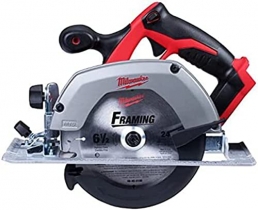-
Welcome to Tacoma World!
You are currently viewing as a guest! To get full-access, you need to register for a FREE account.
As a registered member, you’ll be able to:- Participate in all Tacoma discussion topics
- Communicate privately with other Tacoma owners from around the world
- Post your own photos in our Members Gallery
- Access all special features of the site
120 vac winch that fits?
Discussion in 'Recovery' started by harryn, Apr 19, 2020.


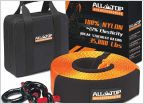 Thoughts on this recovery strap?
Thoughts on this recovery strap?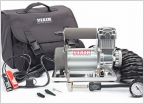 Suggestions for tire inflator gauge
Suggestions for tire inflator gauge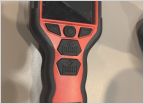 Battery issues on warn Xeon platinum wireless remote
Battery issues on warn Xeon platinum wireless remote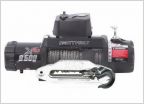 Smittybilt XRC-9.5K Winch Gen2 - anyone got one?
Smittybilt XRC-9.5K Winch Gen2 - anyone got one?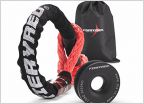 Recovery Gear Suggestions
Recovery Gear Suggestions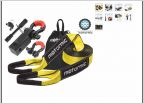 Recovery kit, starter pack?
Recovery kit, starter pack?







